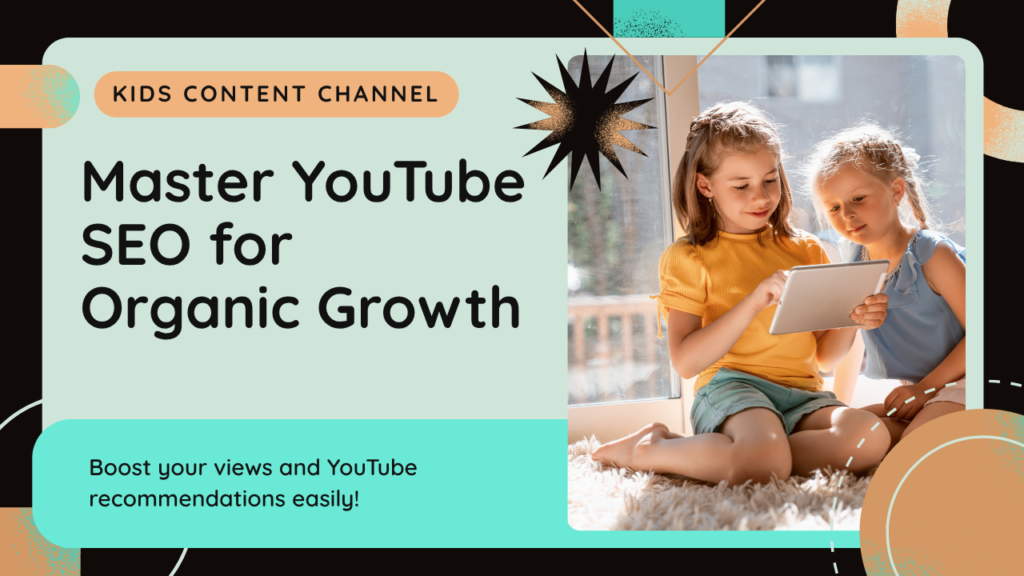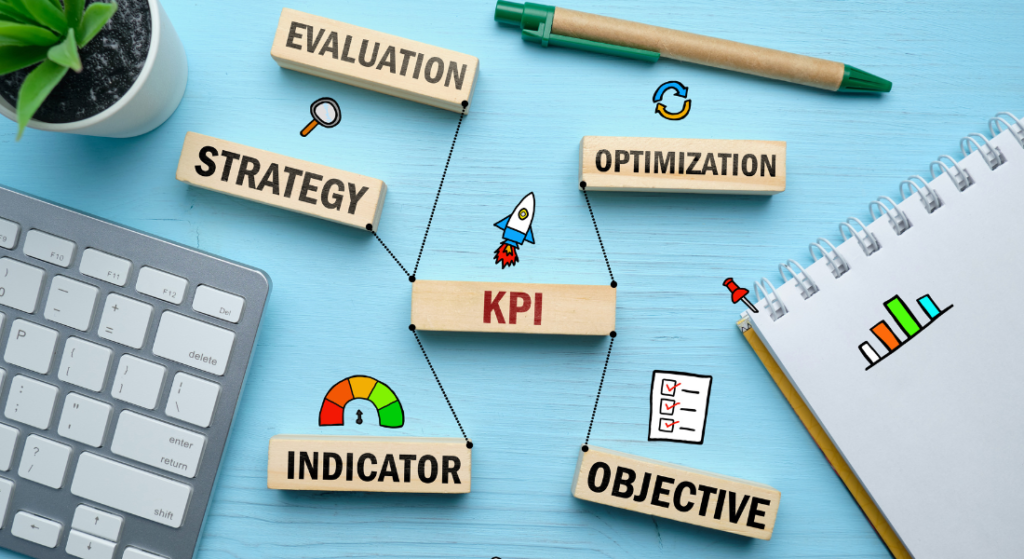
If you’ve been paying attention to updates from Google and other search engines lately, you’ve probably heard whispers (or shouts!) that AI is changing the way people search online. Instead of 10 blue links, people are starting to get direct answers from tools like Google’s Search Generative Experience (SGE) or ChatGPT-style assistants.
That leaves business owners asking: “If AI just gives the answer, will anyone even go to my website anymore?”
Let’s break it down.
How is AI changing the way we search?
Traditionally, search worked like this:
- You type in your question.
- Google shows you a list of links.
- You decide which site looks trustworthy enough to click.
With AI search, the journey is more conversational. Instead of links first, AI gives you a direct, summarized answer—pulled from credible sources, authority sites, and even local business listings.
For example, instead of typing “best pizza near me” and clicking through Yelp reviews, you might soon ask Google: “Where’s the best New York-style pizza near me that’s open late?” and get a summarized, AI-driven answer complete with hours, menu highlights, and ratings.
Does this mean SEO is dead?
No—it means SEO is evolving. Just like when smartphones changed everything about local search, or when voice search became popular, we’re at the beginning of a new shift.
Think of it this way: AI still needs data. If the AI is telling people about your business, how does it know who you are? It’s pulling from sources you control:
- Your website content
- Your Google Business Profile
- Online reviews and ratings
- Local directories and citations
So, SEO isn’t ending. It’s becoming less about “ranking #1” and more about training the AI to understand and trust your business.
What does this mean for small and local businesses?
This is where it really matters. In fact, local businesses may benefit even more from AI search if they play it right. Here’s why:
- Reviews and reputation will be the new SEO currency. AI leans heavily on customer feedback to decide how to talk about your business.
- Business profiles are now front and center. Your Google Business Profile is often the first thing AI looks at for facts like location, hours, and services.
- Content quality matters more than keywords. AI isn’t fooled by thin, keyword-stuffed pages—it’s trained to prefer in-depth, trustworthy answers.
- Local visibility means AI visibility. The more consistent and clear your information is across platforms, the more AI references your business when customers are searching conversationally.
What can small businesses do to stay visible in the AI world?
Here are some steps you can take today:
- Keep your Google Business Profile updated with correct hours, categories, and photos.
- Encourage happy customers to leave reviews—they’ll carry even more weight in the AI era.
- Create helpful, easy-to-read content that actually answers customer questions (think FAQ pages, blog posts, or service explainers).
- Make sure your business is listed consistently across directories and maps apps.
- Build trust signals: case studies, testimonials, or “about us” content that establishes expertise.
So, is AI the end of SEO or a new opportunity?
It’s not the end—it’s the next chapter. AI is changing how people search, but the foundation is the same: customers want trustworthy, helpful information.
If you’re a small business owner, your strategy isn’t to “beat” AI. It’s to work with it by giving Google, Bing, and other platforms all the right signals to feature your business when people ask questions.
SEO is shifting from chasing rankings to earning trust.
And in a world where AI is delivering answers instantly, the businesses that are easiest to trust will be the ones that win.
One response to “Is AI the End of SEO? What Small Businesses Need to Know”
-
[…] Is AI the End of SEO? What Small Businesses Need to Know […]


Leave a Reply